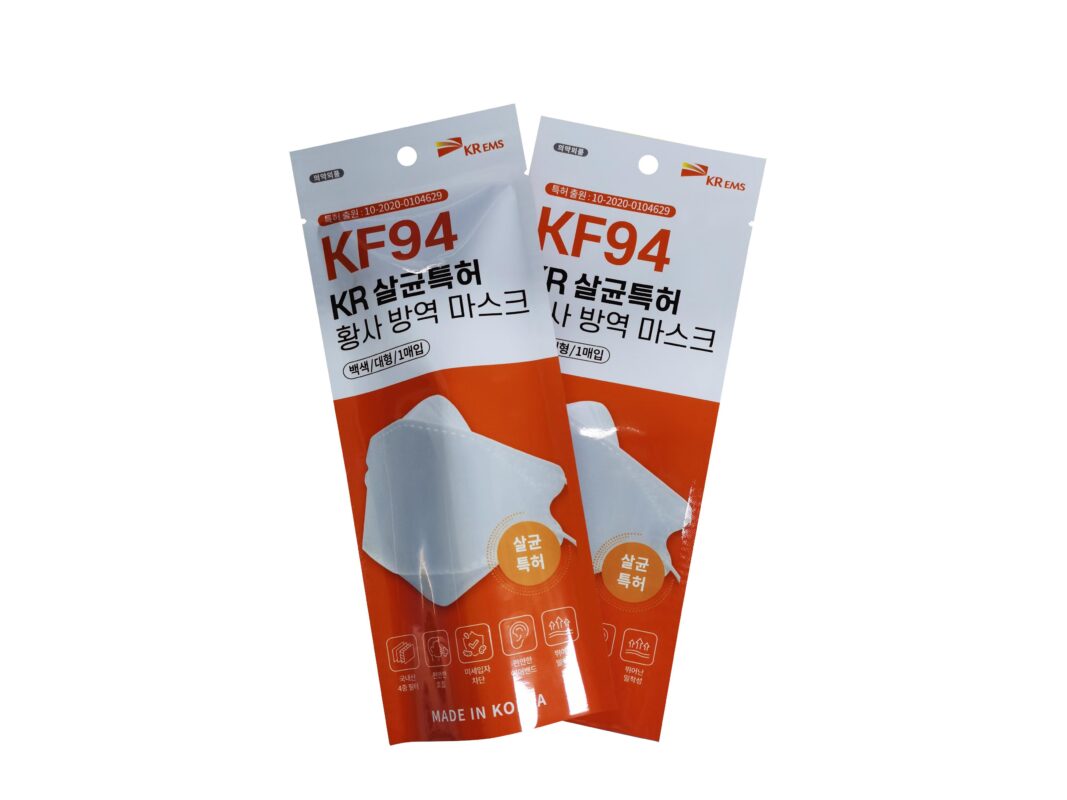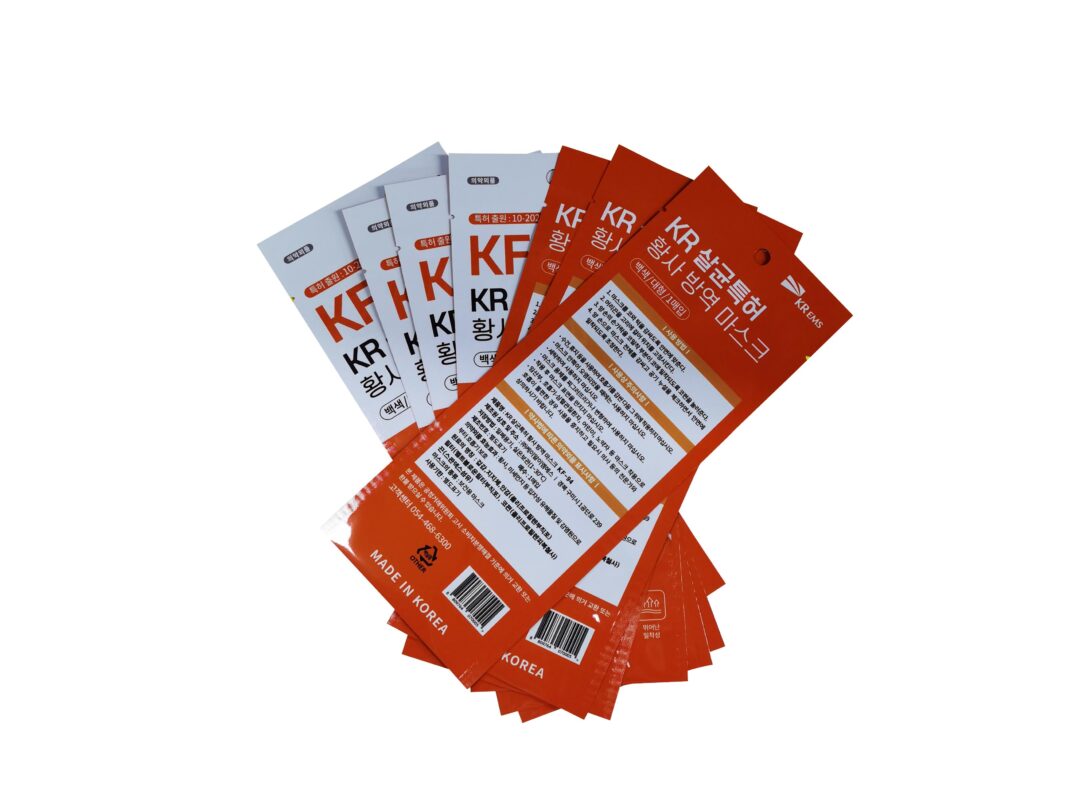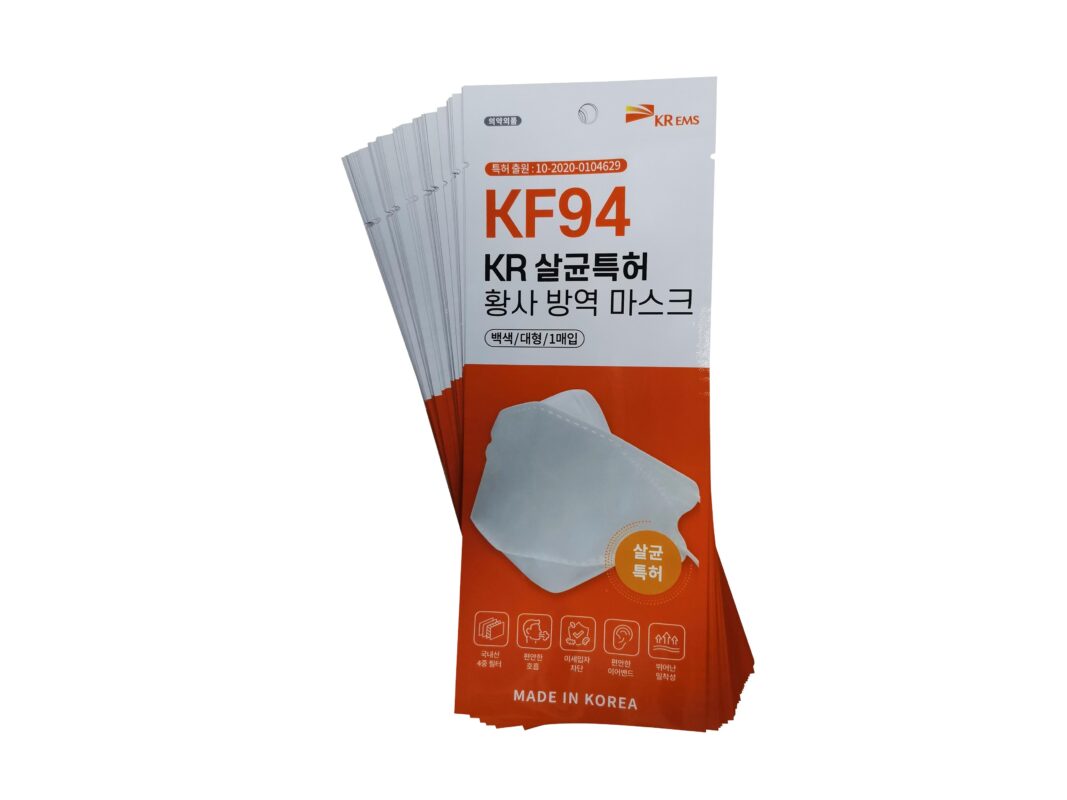What is digital printing providing for the packaging world? For the customer, digital printing has actually snuck onto the front of their favorite coffee bags without notification, making a notable impact on flexible packaging over the last couple of years. Before the introduction of digital printing, coffee roasters who desired custom printed bags had to make a decision between rotogravure or flexographic printing options. Both printing systems need investment in printing plates of between USD$ 200 and $1000 per color, and minimum print quantities of 20,000 bags for a typical 12oz to 16oz bag.
Numerous small roasters simply could not afford customized printing, which limited their packaging choices to the personalization of supply unprinted bags using labels or hot stamping. With the proliferation of digital printing, high- quality personalized printed packaging has actually come to be an accessible and affordable alternative to rotogravure and flexographic printing. Digital printing changed the game!

What is digitally printed packaging exactly?
The term digital, in this situation, refers to the technique in which “inks” or liquid toners are provided and applied to a given film structure, which in turn is used to manufacture flexible packaging. HP Indigo digital printers utilize “inks” featuring electrically charged pigments suspended in liquid, and a Photo Imaging Plate (PIP) versus a traditional ink tray and engraved cylinder or plate to transfer the ink to the printed surface. The Photo Imaging Plate transfers the charged inks to a blanket roll, which then transfers the inks to the printed substrate as in traditional offset printing.
The big benefit of digital printing
Photo Imaging Plate can be re-imaged with various info on every revolution without any physical change-over or slowdown of the printing press. What that means is that the press can switch from printing one thing to something completely different without stopping to change as is the case with analog printing techniques. Regardless of slower printing speeds, digital printing enables much lower minimum order quantities of high-quality custom printed packaging to be produced economically.
Much More Options, Increased Efficiency Woods Coffee, based in Lynden, Washington, began to use digitally printed packaging a few years ago and now relies on the technology for a majority of its coffee blends. The roaster found itself with 19 individual coffee bars within 15 years. These rapid modifications demanded a new look at its packaging options. What did it learn in the digital packaging world? Shea Haggan, the director of coffee at Woods, shared his thoughts on the new printing option. When asked why he chose digital printing he laid it out short and easy, “It works great and looks remarkable.”

For a small company that wishes to achieve a consistent personalized appearance, digital printing offers low quantity minimums and design flexibility. Woods Coffee required to accommodate different coffee blends each decorated with their own natural landscape. Digital printing provided the ability to alter artwork and bag type without investing in large inventories. Companies can alter branding, logos, and slogans without the threat of high prices that standard custom packaging requirements. During the interview, Haggan repeatedly noted that digitally printed packaging required Woods to do more manufacturing forecasting, and inventory management, but the company could easily handle the lead times and project management. Haggan explained that lead- time has minimal influence on the overall time to a completed project. Toasting, filling, label application, extra labor, and project management can cause numerous unforeseen bottlenecks. Inevitably lead times may require some additional planning, but it is very easy to anticipate and prevent conflicts.
For a steadily and successfully growing coffee company, digital printed packaging provides an impressive product that has the top quality and appearance of a standard package. With regard to future plans, Woods does not see itself changing its packaging technique any time soon.

Digital printing supplies brands like Woods Coffee unmatched flexibility in short manufacturing runs, as low as 1,000 units, allowing for a much faster response to market changes. Without upfront investment in printing plates and long production runs, obsolescence costs are much easier to control too.
Digital printed packaging provides a special option to those in the packaging world. The HP printer can print remarkably clearly on the surface of the bag while also having the ability to change the artwork instantaneously. Due to the technique of printing, the order size can be as small as 1,000 bags versus the 20,000-bag minimum order for rotogravure printing. For coffee roasters with several blends or probably a company that is considering re-branding, digitally printed packaging can make these changes without the threat of price or waste. Digitally printed packaging can be the best option for roasters who require flexibility and want a beautifully printed design for their coffee bags.
